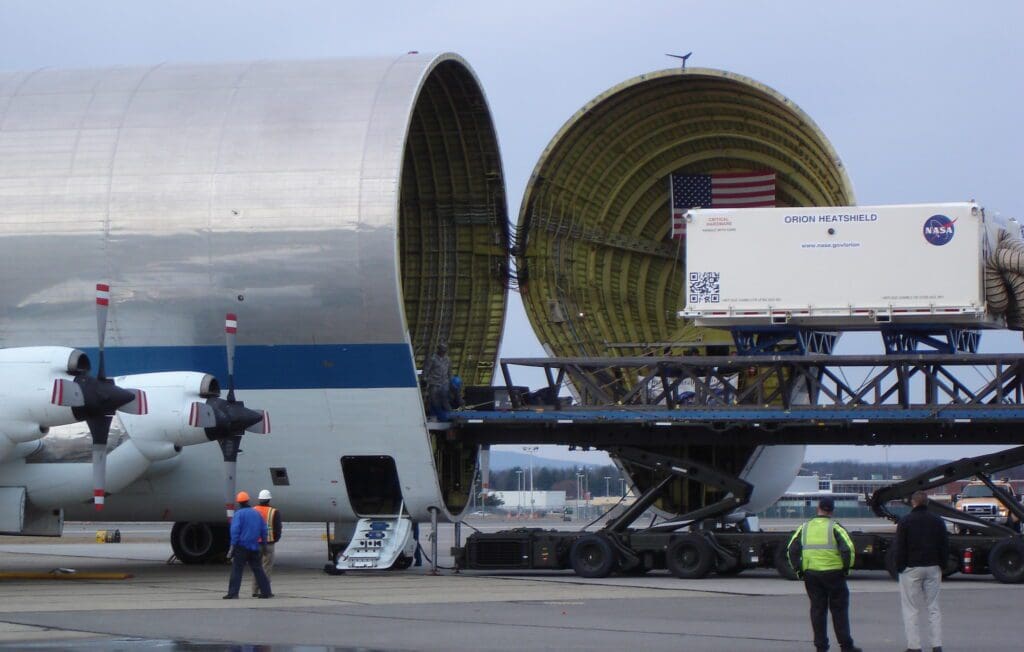According to the American Transportation Research Institute (ATRI)’s annual survey, the driver shortage is the most critical issue facing the trucking industry, and motor carriers ranked driver retention as the second most important issue*. The worry appears to be well-founded. ATRI’s report also said that “driver turnover increased through the first half of 2018, particularly at large truckload carriers, and the industry is on pace to have the highest annual turnover rate since 2013.” So what are fleets doing to keep drivers and woo new ones?
*(read about the difference between carriers’ and drivers’ concerns here).
The Obvious Solution
HireRight’s 2018 Transportation Spotlight Report reported that 52% of drivers left positions for better pay, while 27% left for better benefits. It’s not surprising, then, that FreightWaves and SmartDrive’s Driver Incentive Survey found that over half of fleets responding to the survey reported using pay increases and other financial incentive programs to both retain and recruit drivers. “Sign-on bonuses remain in wide use and are actually spreading to other sectors of the truckload spectrum. The widest use of sign-on bonuses remains in the team driver segment, where advertised sign-on bonuses can be as high as $30,000,” the National Transportation Institute’s Gordon Klemp noted in the report. “It’s interesting because about 80% of the companies we survey are going to be ending the quarter having had a pay increase.” More than half of the survey respondents reported that 30% or more of their drivers—are receiving incentive pay.
Not-So-Obvious Ideas
But like everyone, drivers care about more than money. Wise carriers are finding out what they can give drivers that will keep them happy—like more time at home. Twenty percent of the respondents in the FreightWaves and SmartDrive’s survey said they were working with drivers to revise routes in order to make their schedules more appealing to them and their families.
Carriers are also recognizing the burden often placed on drivers’ family members, and are rewarding them with family-friendly incentives like more vacation time for drivers and family recognition programs. U.S. Xpress now offers free upfront tuition for online college courses, not just for their drivers, but also for any combination of two family members at the same time.
And some companies are recognizing—and welcoming—non-human family members. “We now have a pet policy,” Mike Posz, Director of Safety for Fraley & Schilling said during a recent FreightWaves and SmartDrive webinar. “Two years ago, we instituted a passenger authorization policy for the first time…we have passengers and we have pooches in the cab.”
Posz also mentioned that his company takes a customized approach to incentivize drivers by asking them exactly what they want. It’s a good idea in more than one way: Fraley & Schilling is learning what motivates their drivers while telling them they’re valued, just by communicating with them. “Companies that involve their drivers in discussions have better satisfaction rates and fewer turnover rates,” said Mark Murrell, co-founder of CarriersEdge, a provider of online driver training. In an article for truckinginfo.com, he advised carriers to survey drivers about specific topics, using questions such as:
- What are the top five things that irritate you most during your day (or week)?
- If you could change one thing about your job, excluding pay, what would it be?
- When you raise an issue with your supervisor (or a team member), how long does it typically take to get it resolved?
- Are there any specific things about your equipment that could be changed to make your job (or daily routine) better?
To be effective, communication needs to be consistent. Staff meetings should happen regularly (at least once a quarter), and daily or weekly email updates can help reach drivers on the road. UPS, for example, holds daily meetings with its drivers. At the beginning of the workday, all drivers meet with a supervisor for a check-in. They discuss the prior day’s work and the plan for the coming day, discussing new services, safety tips, and customer inquiries. “Daily contact matters,” Dan McMackin, public relations manager for UPS, told truckinginfo.com. “Drivers want to be considered part of the company and a part of the plan. They like knowing that they are a valuable part of the company.”
The Importance of “Why” and “How”
But any incentive, especially a monetary one, needs to be carefully thought out so it doesn’t seem unfair. “Sign-on bonuses are definitely a double-edged sword…” said Posz. “A lot of these drivers 20 years ago didn’t get a sign-on bonus, and now they see individuals receiving that. So you have to balance things because it can be viewed as a negative connotation.”
Other monetary incentive plans can backfire, too, as noted in a smart-trucking.com blog post. “If the driver is late, he looses (sic) money from the incentive plan,” said trucker blogger Cliff Gray. “If he runs out of hours due to bad weather, traffic or any delay and delivers late, he looses (sic) money again from his driver bonus. If the driver is tired at 3 a.m. and needs to sleep, and he, therefore, delivers late and again, he gets a deduction from his incentive pay…It’s no longer ‘get it there safely and do the best you can time-wise (sic)’…The wad of money is like a carrot on a stick held out in front of the driver by management that says, ‘do it our way and we’ll reward you.’”
To avoid these issues (as much as possible), when setting up a driver incentive program:
- Understand your drivers’ motivations.
- Recognize limitations and set attainable goals
- Use a small number of Key Performance Indicators (KPIs) that reward safe driving behaviors.
- Communicate the program to drivers, making sure they understand the performance metrics.
- Offer incentives consistently, and frequently.
Frequency was important to many of the respondents to the FreightWaves and SmartDrive’s survey. “When they are able to reward people more often, it seems to have a bigger impact,” said Klemp. “There was a time when early programs were all annual, and that is just too far out to keep the driver interested.” Mike Posz added, “It helps when a driver gets pulled over for a roadside inspection, passes it with flying colors and then sees a reward for that in their next check.”
We Offer an Incentive, Too
At Next Exit, we offer the best incentive of all: your shipment delivered safely, on-time, and with no hassle. When you leave your time-critical freight, heavy equipment transport, unusual shipment, or plain vanilla shipping needs to us, you can expect excellent white-glove service. At Next Exit, we earn the trust of our clients with efficiency, transparency, and security. In addition, we understand how to handle freight services for unusual, oversize, or overweight shipments and are certified to arrange the shipment of hazardous materials. To learn more about our services, call Next Exit Logistics at 866-624-2661 or contact us via email.




